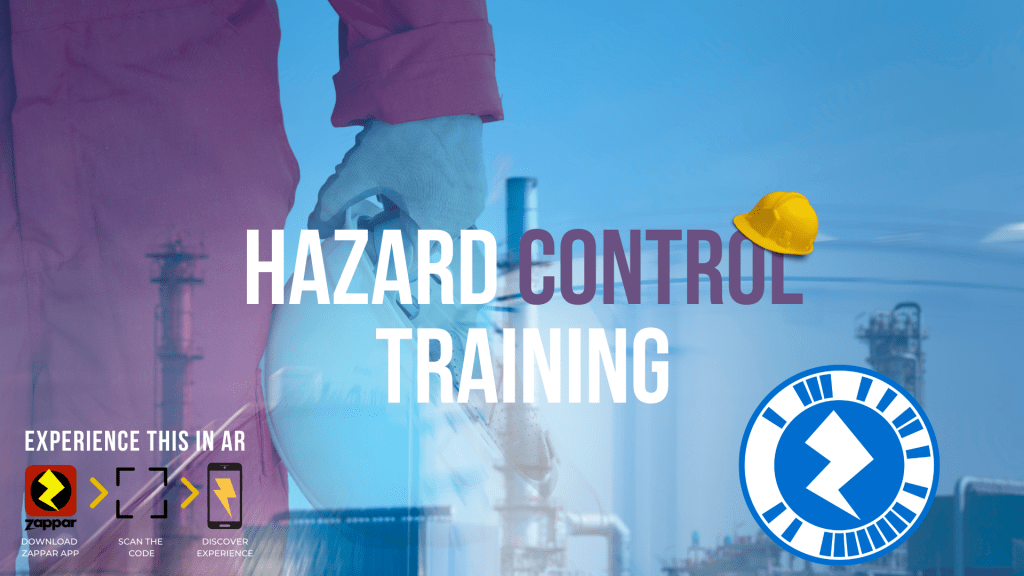Industry Training
Industry Training
The demand for a skilled workforce is growing rapidly, but many organizations struggle to fill roles, citing a lack of preparation and the “right skills” among workers. At the same time, emerging jobs require adaptable, resilient professionals with digital expertise, advanced leadership, critical thinking, and interpersonal abilities. These skill gaps present challenges for employers and workers alike but also open the door to innovation, cross-collaboration with Subject Matter Experts (SMEs), and creating impactful learning solutions to bridge these gaps and reskill the workforce.
Below, you’ll find examples of projects we’ve collaborated on. Each showcases unique approaches to instructional design, training facilitation, and project management to address workforce development needs effectively.
Education: Massive Open Online Courses (MOOC) Development
My Role: As an instructional designer at the American Psychological Association, I designed MOOCs for Coursera. I collaborated with SMEs to create multimedia assets that were ADA compliant, accessible and inclusive.
Audience: professionals, Psychology students, and college students
Modality: asynchronous eLearning courses
Deliverables: eLearning courses in Coursera, fillable accessible workbook, Vyond and Synthesia videos
Development Tools: Vyond, Camtasia, Synthesia, Photoshop, Illustrator, Getty Images, Microsoft Word, and Canva
Courses Available in Coursera
Student Success Specialization Courses in Coursera: Better Learning, Better Writing, and Less Stress, Better Health.
Discover Yourself, Build Relationships, and Navigate Groups Specialization Courses in Coursera: Psychology of the Self, Social Psychology of Attraction and Relationships.
Government: American Rescue Plan Act (ARPA) Disbursement Stakeholder Virtual Facilitation Meeting
Project Purpose: In partnership with Eradawn Consulting, I contributed to designing the ARPA Disbursement Stakeholder Virtual Facilitation Meeting. This session was crafted to engage community members and gather their valuable feedback, providing Taos County Commissioners with essential insights to guide the equitable distribution of ARPA funding.
My Role: I designed and developed a comprehensive presentation, including detailed presenter notes, to support the meeting’s objectives. Collaborating closely with the subject matter expert (SME), I crafted an effective meeting structure and content. Additionally, I took on the role of meeting producer, managing technical aspects and ensuring smooth execution of the event.
Audience: community members, business owners, politicians, and stakeholders who live in Taos, New Mexico
Modality: synchronous meeting in Zoom with more than 90 participants
Deliverables: virtual facilitation plan, including slide deck and facilitation notes, virtual whiteboard in Miro, and participant guide
Development Tools: Google Slides, Google Forms, Zoom, Miro and Canva
Project Deliverables
Review the deliverables of the session.
Health Industry: Center for Career Advancement Caregiver Curriculum Development
Project Overview
Project Purpose: The project goal is to create two curricula for the Diabetes Care and Food Safety course. This project required collaboration with SMEs for each course.
Project Purpose: The project goal was to create two curricula for the Diabetes Care and Food Safety course. This project required collaboration with SMEs for each course.
Audience: Global audience, English Language Learners
Deliverables: Two curricula; Diabetes Care and Food Safety. Each course included modules, slide decks, instructor guide, and student workbook.
Development Tools: Google Slides, PowerPoint, Google Docs, Word, Illustrator, and Canva
Project Outcomes
Oil and Gas: Introduction to Hazard Control
Project Purpose: This project aims to create diverse onboarding experiences to expose entry-level maintenance and inspection oil and gas employees to the concepts of hazard control. The client wanted innovative examples to deliver information to onboard workers remotely.
Audience: entry-level oil and gas employees
Modality: diverse learning experiences including interactive modules, Augmented Reality experiences, and videos
Project Overview and Needs Assessment
Here you will find an example of a project overview document and needs assessment to determine the key performance indicators to develop the project.
Hazard Control eLearning Samples

Augmented Reality: Hazard Control Training
This sample showcases the use of augmented reality to onboard new employees with hazard control training. The piece includes curated resources, such as 360 images, links to a Rise course, slideshows, and more.
To enjoy the experience, you have to download the free App Zappar on your phone and scan the logo. Have fun!
Interactive Video: Hazard Control Training
This interactive video sample aims to assess strategies to avoid hazards in a refinery. In this case, workers performed “hot work” on a tank, which is any work that involves welding, burning, and others near an open flame or equipment capable of generating a spark. Participants will watch the video and answer the quiz questions that are available in the video.
Development tools: Camtasia, Adobe Illustrator, and Canva


